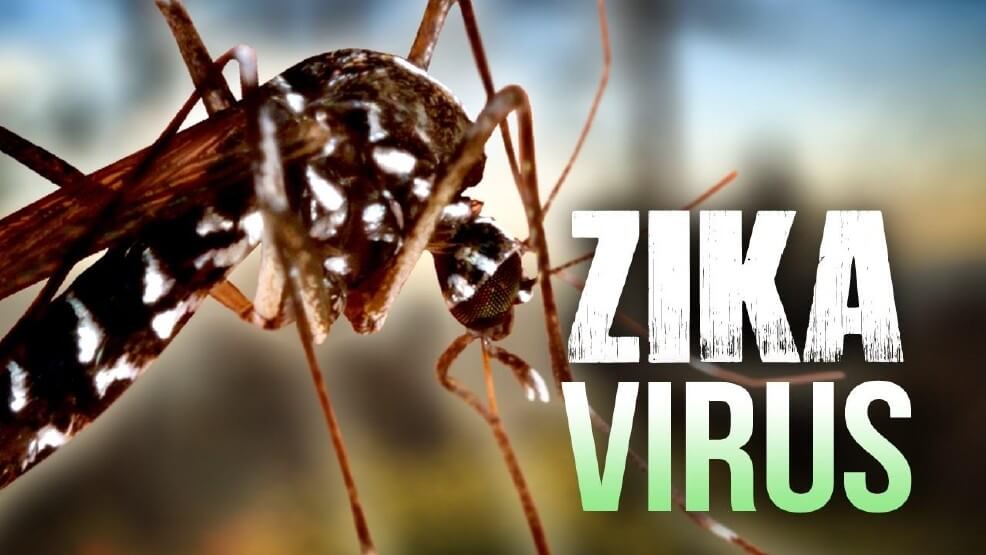Never afraid to try and turn a pathogen into a potential tool for treating other diseases, scientists have uncovered a therapeutic use for the Zika virus (ZIKV). Investigators at the University of São Paulo's Bioscience Institute (IB-USP) in Brazil have just published new data showing that ZIKV can be used in vivo to treat aggressive human central nervous system (CNS) tumors. Findings from the new study were published recently in Cancer Research, in an article entitled “Zika Virus Selectively Kills Aggressive Human Embryonal CNS Tumor Cells In Vitro and In Vivo.”
“We're excited about the possibility of testing the treatment in human patients, and we're already discussing this with oncologists,” commented co-senior study investigator Mayana Zatz, Ph.D., a professor at IB-USP and director of the Human Genome & Stem Cell Research Center (HUG-CELL). “We've also applied for a patent for the therapeutic protocol used in rodents.”
![Tumor sphere comprised of human medulloblastoma stem cells infected by Zika (red). [HUG-CELL]](https://genengnews.com/wp-content/uploads/2018/08/169019_web0252456619-1.jpg)
Tumor sphere comprised of human medulloblastoma stem cells infected by Zika (red). [HUG-CELL]
After injecting small amounts of the viral pathogen into the brains of mice with advanced stages of human embryonal CNS tumors, the Brazilian researchers observed a significant reduction in tumor mass and an increase in survival. In some cases, the tumor was completely eliminated, even where the disease had metastasized to the spinal cord.
“Our results suggest ZIKV has an even greater affinity with CNS tumor cells than with healthy neural stem cells [the virus's main targets in the brains of fetuses exposed during pregnancy],” explained co-senior investigator Oswaldo Okamoto, Ph.D., also a professor at IB-USP and a member of HUG-CELL. “When it infects tumor cells, it swiftly destroys them.”
Dr. Okamoto and his colleagues have devoted the last few years to studying a group of genes, which, when expressed in malignant tumors, endow tumor cells with properties similar to those of stem cells, making them more aggressive and treatment resistant. During their studies, the researchers found that these tumor cells with stem-cell-like characteristics have been observed in various kinds of solid tumors, including those that affect the CNS. Data in the scientific literature suggests they help cancer spread through the organism and restore tumor growth after chemotherapy and radiation therapy have all but eliminated the disease.
“Our research and studies by other groups have shown that ZIKV causes microcephaly because it infects and destroys neural stem cells in the fetus, preventing the formation of new neurons,” Dr. Okamoto noted. “So, we had the idea of investigating whether the virus also attacked tumor stem cells in the CNS.”
In the current study, the researchers focused on what are known as embryonal CNS tumors. The experiments were performed with three human tumor cell lines: two derived from medulloblastoma and the third from atypical teratoid/rhabdoid tumor (AT/RT). Both kinds of cancer are caused by genetic or epigenetic aberrations in stem cells and neural progenitors during embryonic development when the nervous system is under construction.
“The neural stem cells that undergo these alterations give rise to tumor cells at a later stage. They form aggressive, fast-growing tumors that can manifest shortly after birth or until adolescence,” Dr. Okamoto remarked.
After performing a series of in vitro studies to determine dosage and efficacy of the ZIKV treatment, the researchers observed extremely positive results, suggesting the potential treatment was both safe and effective against cultured CNS cancer cells.
![Human medulloblastoma cells infected by Zika (red). [HUG-CELL]](https://genengnews.com/wp-content/uploads/2018/08/169020_web3519942118-1.jpg)
Human medulloblastoma cells infected by Zika (red). [HUG-CELL]
“We observed that small amounts of ZIKV were sufficient to infect CNS tumor cells,” Dr. Okamoto said. “They also infected the prostate cancer cells, but far fewer. On the other hand, even a large viral dose failed to cause infection in breast and colorectal cancer cells.”
In the last part of the project, the researchers conducted in vivo assays with immunosuppressed mice, injecting human tumor cells from medulloblastoma and AT/RT into different groups. In this study model, the tumor is induced in the lateral ventricles of the brain, spreads to other regions of the CNS, and then descends the spinal cord, mimicking advanced human cancer. After inducing the tumor, the researchers injected a small dose of ZIKV into the lateral ventricles of some mice.
“Tumor volume was significantly reduced in the treated group. In some cases, both the tumor and spinal metastases were completely eliminated,” Dr. Okamoto exclaimed.
The largest increase in survival time was observed in the animals with AT/RT. While the untreated group survived up to 30 days, those injected with ZIKA in this group survived up to 80 days.
“Even when the tumor was completely eliminated, the animals eventually died from complications of advanced-stage cancer,” Okamoto said. “It's possible survival rates could become even longer if patients are treated at an earlier stage. This is something we need to investigate.”
Interestingly, the research team also injected the virus into a group of immunosuppressed mice that did not have induced cancer. In this case, the virus circulated for longer in the organism and the animals died from the viral infection after only two weeks.
“Immunosuppressed mice are highly sensitive to any pathogen, but we had to use this model because it's the only one in which human tumor cells are capable of proliferating,” Dr. Okamoto explained.
When the investigators sought to find out why the virus was more lethal in the animals without cancer than in the sick animals, the researchers discovered that the viral particles created when ZIKV infected the tumor cells were less virulent, meaning they were less able to infect new cells than particles created in healthy cells.
“All these results taken together suggest that various kinds of aggressive CNS tumors can be treated with some kind of approach involving ZIKV in future,” Dr. Okamoto concluded. “First of all, however, we need to investigate more profoundly which tumor types respond to this oncolytic effect, what are the benefits of this treatment, and what are the side effects of exposure to the virus.”


